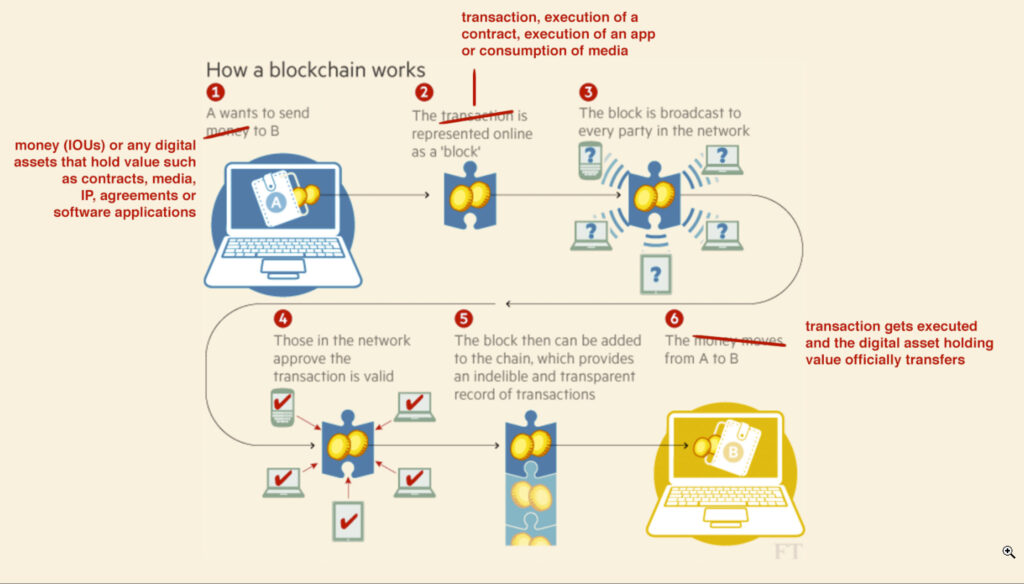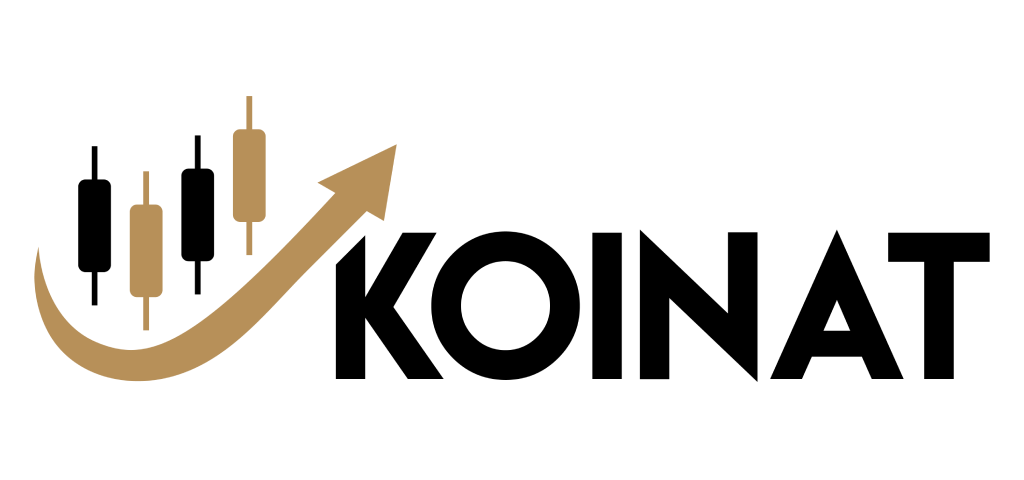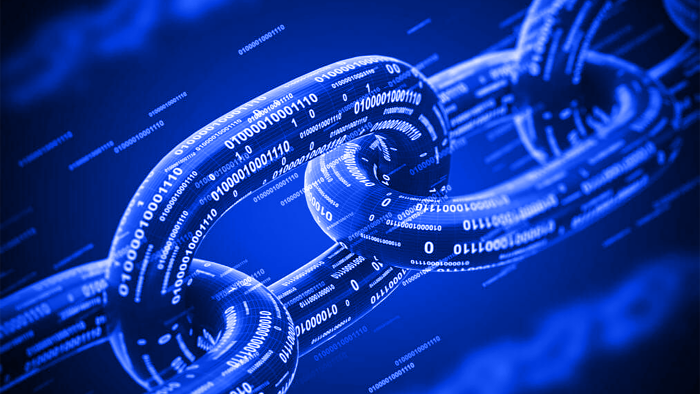In the simplest terms, Blockchain can be described as a data structure that holds transactional records and while ensuring security, transparency, and decentralization. You can also think of it as a chain or records stored in the forms of blocks which are controlled by no single authority. A blockchain is a distributed ledger that is completely open to any and everyone on the network. Once an information is stored on a blockchain, it is extremely difficult to change or alter it.
Each transaction on a blockchain is secured with a digital signature that proves its authenticity. Due to the use of encryption and digital signatures, the data stored on the blockchain is tamper-proof and cannot be changed.
Blockchain technology allows all the network participants to reach an agreement, commonly known as consensus. All the data stored on a blockchain is recorded digitally and has a common history which is available for all the network participants.
This way, the chances of any fraudulent activity or duplication of transactions is eliminated without the need of a third-party. Blockchain is a shared, immutable ledger that facilitates the process of recording transactions and tracking assets in a business network. An asset can be tangible (a house, car, cash, land) or intangible (intellectual property, patents, copyrights, branding). Virtually anything of value can be tracked and traded on a blockchain network, reducing risk and cutting costs for all involved. Business runs on information. The faster it’s received and the more accurate it is, the better. Blockchain is ideal for delivering that information because it provides immediate, shared and completely transparent information stored on an immutable ledger that can be accessed only by permissioned network members.
A blockchain network can track orders, payments, accounts, production and much more. And because members share a single view of the truth, you can see all details of a transaction end-to-end, giving you greater confidence, as well as new efficiencies and opportunities. Blockchain is a system of recording information in a way that makes it difficult or impossible to change, hack, or cheat the system.
A blockchain is essentially a digital ledger of transactions that is duplicated and distributed across the entire network of computer systems on the blockchain. Each block in the chain contains a number of transactions, and every time a new transaction occurs on the blockchain, a record of that transaction is added to every participant’s
ledger. The decentralized database managed by multiple participants is known as Distributed Ledger Technology (DLT). Blockchain is a type of DLT in which transactions are recorded with an immutable cryptographic signature called a hash.


